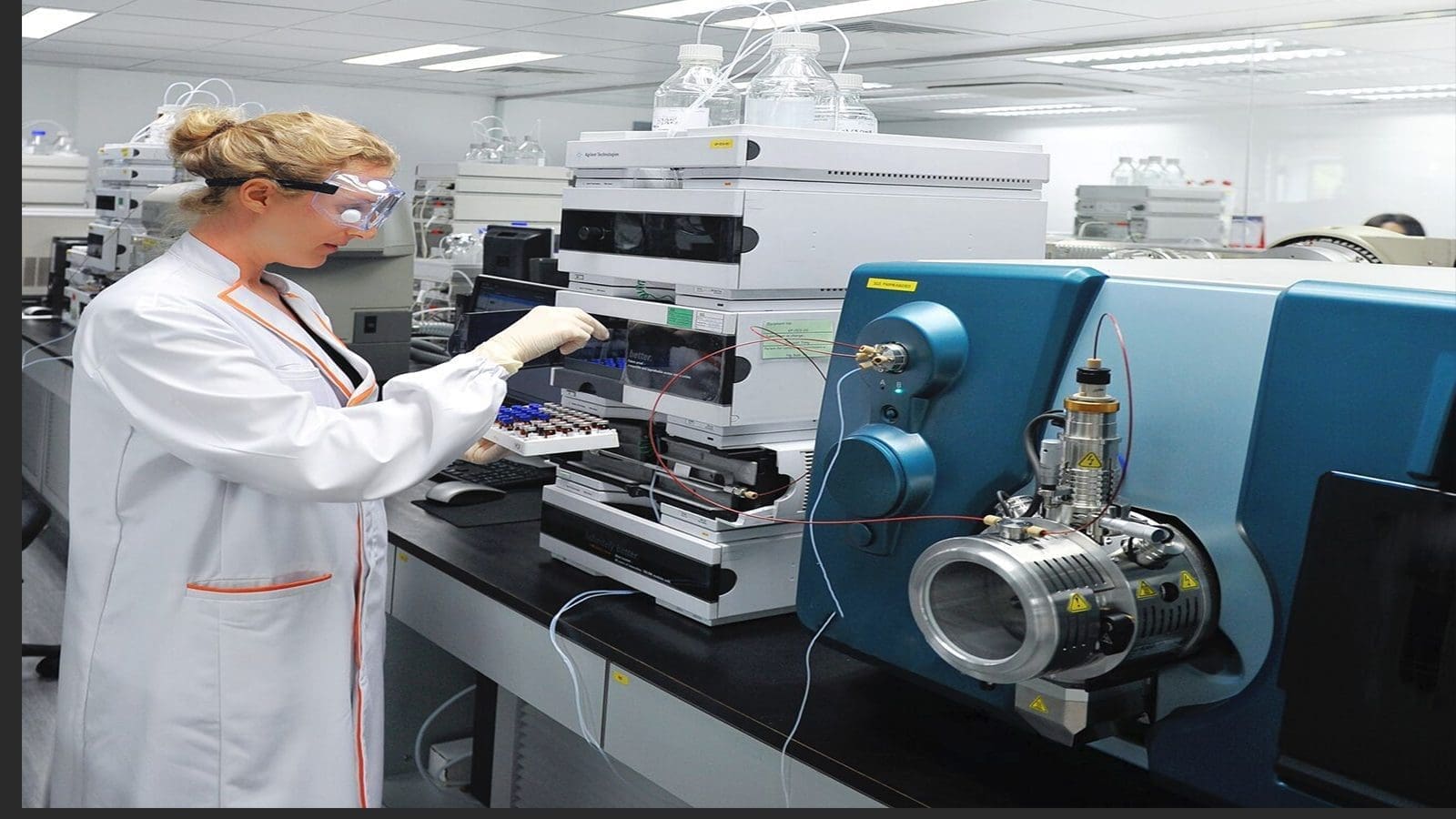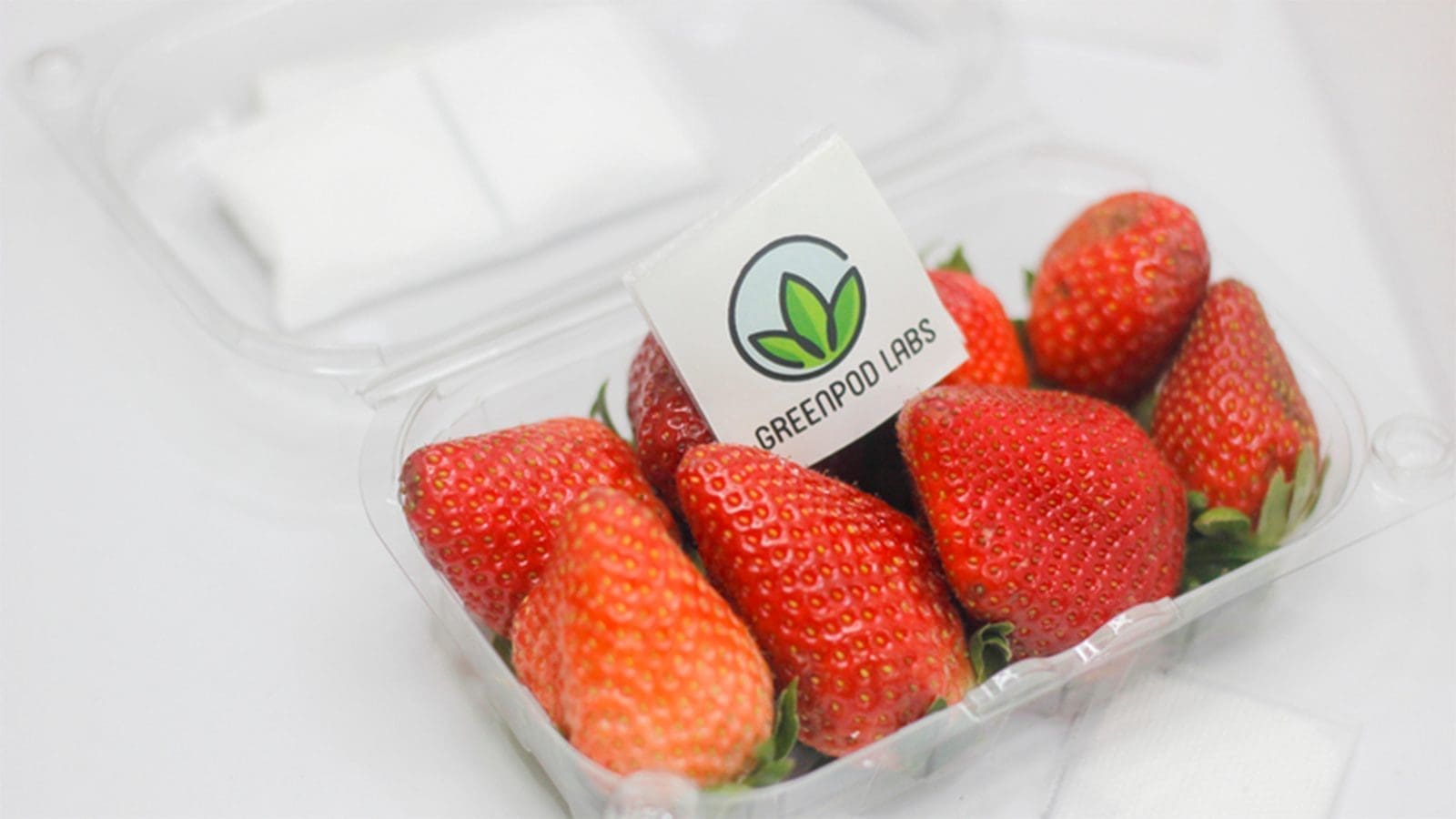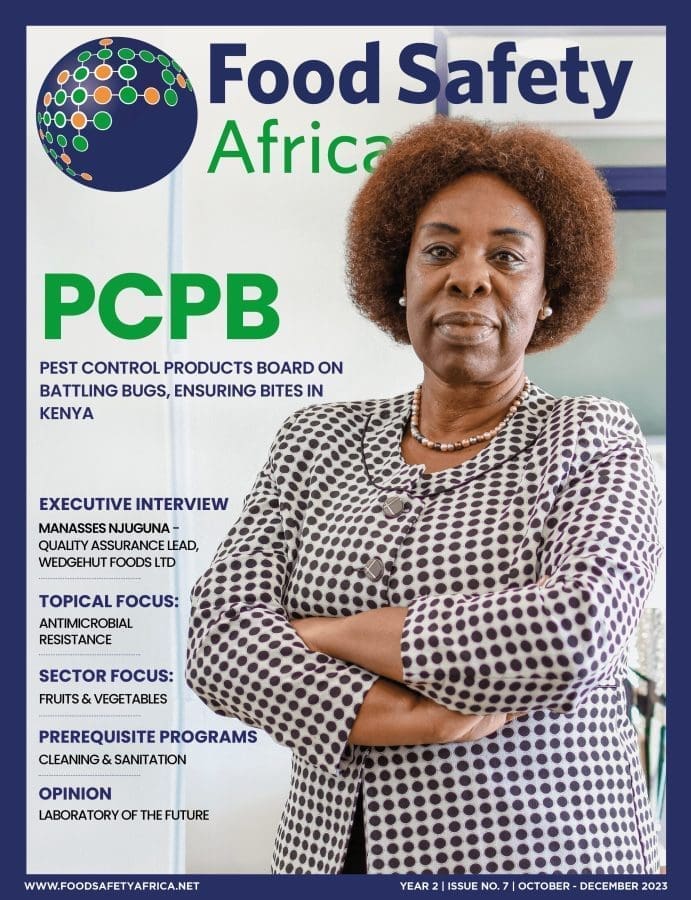U.S – The FDA has determined in a recent analysis that there are no detectable levels of per- and polyfluoroalkyl substances (PFAS), a diverse group of human made chemicals that have the ability to remain intact in the environment, in food.
The 94 samples of a variety of food products collected found only one sample of cod to have detectable levels of two types of PFAS – perfluoro octane sulfonate (PFOS) and perfluoro nonanoic acid (PFNA).
The agency tested the samples as part of a broader effort to better comprehend the occurrence of PFAS in foods, determine if targeted sampling assignments are necessary to better understand occurrence in certain food categories and help inform the overall agency’s approach to future surveillance efforts.
PFAS can enter the food chain through environmental contamination or through migration from food packaging.
The foods tested were collected from the Total Diet Study (TDS), which monitors levels of nutrients and contaminants in foods consumed in the U.S.
TDS foods are purchased at grocery stores and represent the broad range of foods—breads, dairy, produce, meat, fish, poultry, etc.—the average U.S. consumer might eat.
The samples were not specifically collected from areas of known environmental PFAS contamination.
The FDA has determined that the PFAS levels found in the cod sample do not present a human health concern.
When levels of PFAS in foods are determined to be a human health concern, the FDA works closely with state and local officials, as well as federal partners, to assess each situation and take appropriate steps to ensure the food does not enter the market.
These results are similar to those of previous analyses, which showed most TDS samples do not have detectable levels of PFAS, with the exception of the cod sample in this testing and from previous testing, two tilapia and one ground turkey sample.
The agency is now shifting focus to occurrence of PFAS in seafood, where they plan to conduct a targeted survey of the most commonly consumed seafood in the U.S, including both cod and tilapia.
“The U.S. food supply is among the safest in the world, and the available scientific evidence does not support avoiding particular foods because of concerns regarding PFAS exposure,
“Since we began testing foods from the general food supply for PFAS in 2019, only four samples out of the nearly 300 tested have had detectable levels of PFAS and none have been determined to be at levels of concern for human health. The FDA remains committed to sharing further updates as our work in this important space progresses,” said Acting FDA Commissioner Janet Woodcock, M.D.
The results from this survey will be used to determine if additional sampling, with greater numbers of samples of seafood, is needed.








